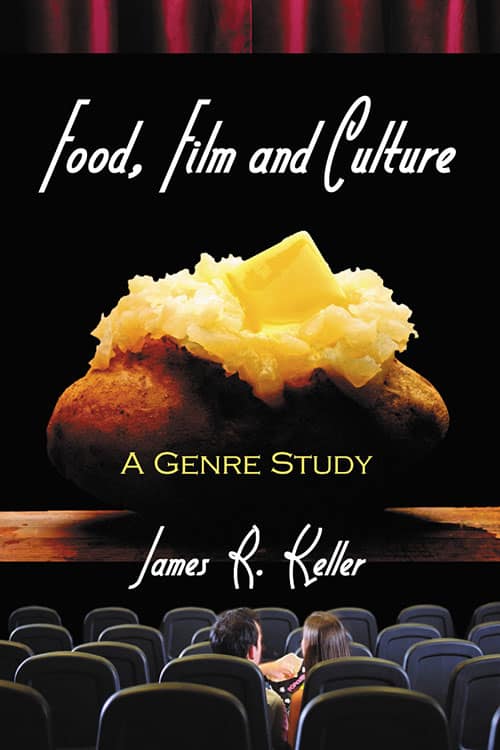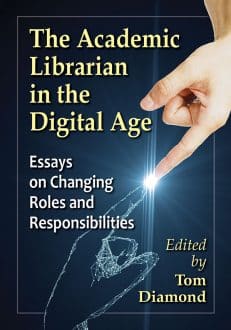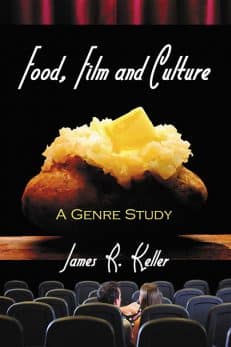Food, Film and Culture
A Genre Study
$29.95
In stock
About the Book
Culinary imagery, much like sexual and violent imagery, is a key cinematic device used to elicit a sensory response from an audience. In many films, culinary imagery is central enough to constitute a new subgenre, defined by films in which food production, preparation, service, and consumption play a major part in the development of character, structure, or theme.
This book defines the food film genre and analyzes the relationship between cinematic food imagery and various cultural constructs, including politics, family, identity, race, ethnicity, nationality, gender, and religion. Chapters examine these themes in several well-known food films, such as The Cook, the Thief, His Wife and Her Lover, Chocolat, Babette’s Feast, and Eat Drink Man Woman, and lesser-known productions, including Felicia’s Journey, Kitchen Stories, Magic Kitchen, and Chinese Feast. The work includes a filmography of movies within the food genre.
Instructors considering this book for use in a course may request an examination copy here.
About the Author(s)
Bibliographic Details
James R. Keller
Format: softcover (6 x 9)
Pages: 215
Bibliographic Info: 20 photos, appendix, bibliography, index
Copyright Date: 2006
pISBN: 978-0-7864-2616-4
eISBN: 978-1-4766-0908-9
Imprint: McFarland
Table of Contents
Introduction: The Cinematic Hunger Artists 1
1: The Allegory of Intemperance: Spenser and Greenaway’s The Cook, the Thief, His Wife, and Her Lover 13
2: Itzam Revealed: Chocolat and the Mayan Cosmology 24
3: Scotland, PA: Macbeth, McMeat and McMurder 37
4: Four Little Caligulas: La Grande Bouffe, Consumption and Male Masochism 49
5: What’s Cooking?: Multiculturalism and Holiday Histrionics or a Banquet of Shouting 60
6: Mostly Martha: Appe/type and Stereo/tite 68
7: “Culinizing” the Female Form: Felicia’s Journey, Predation, and Cultural Imperialism 79
8: Dreaming of the Pure Vegetable Kingdom: Ecofeminism and Agriculture in A Thousand Acres and Antonia’s Line 94
9: The Kitchen Panopticon: Indeterminacy and the Myth of Objective Surveillance 109
10: Filming and Eating Italian: Big Night and Dinner Rush 124
11: A Chef in Love: The Fable of a Communist and Culinary Re-Evolution 141
12: The Artist in Exile: Babette’s and “Alexander’s Feast” 152
13: Family Suppers and the Social Syntax of Dissimilation 163
14: Food Fights: The Martial Chefs and Magical Arts of Asian Cinema 177
Conclusion 190
Appendix: Food Films 195
Bibliography 197
Index 203
Book Reviews & Awards
- “Recommended”—Choice
- “I devoured this book…intriguing…a fine study”—Journal of Popular Culture






